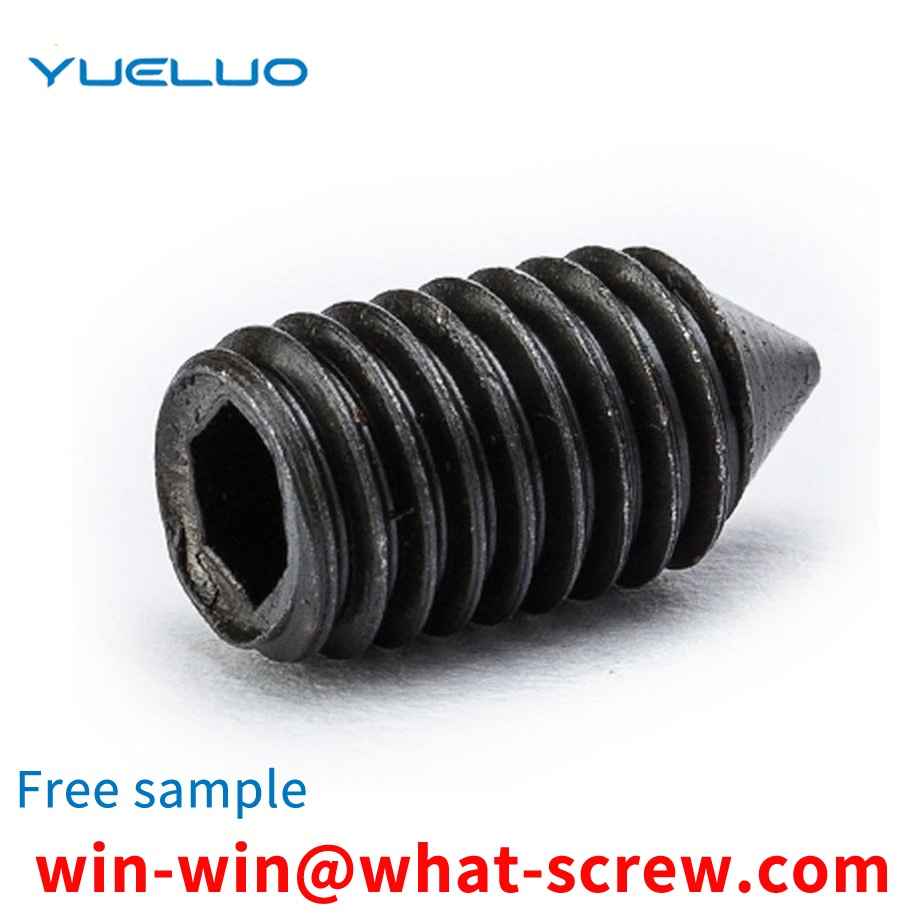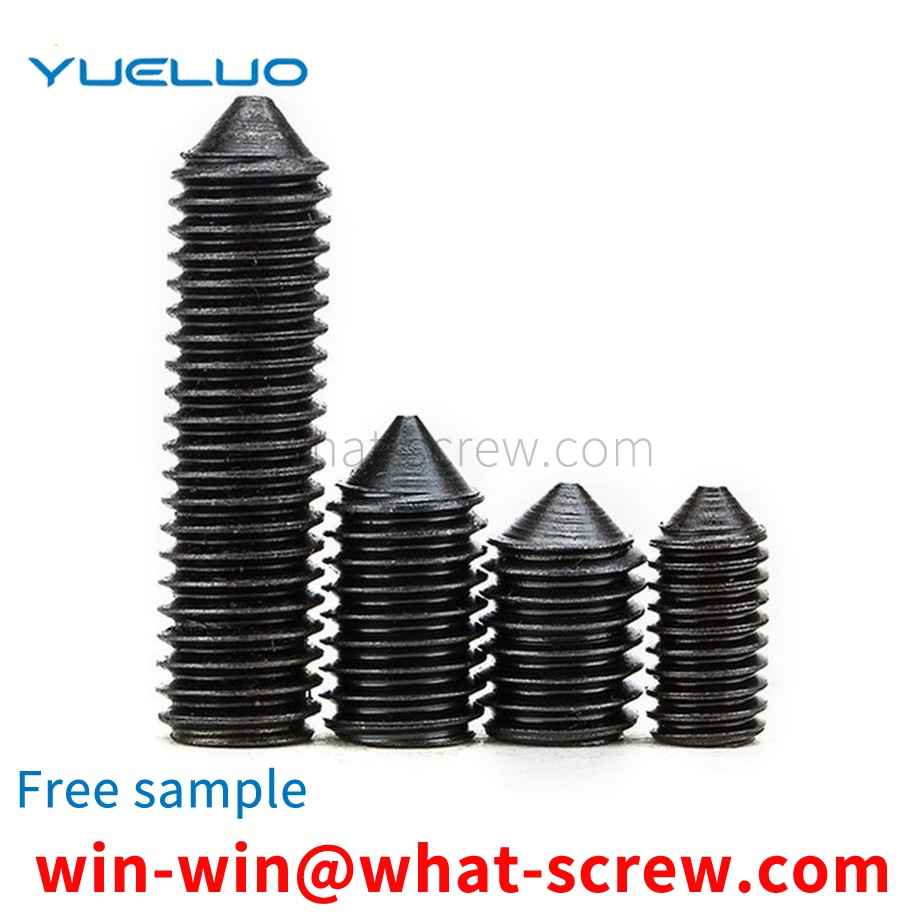At present, with the continuous growth of the demand for communication products, higher and higher requirements are put forward for the production capacity of equipment manufacturers, and at the same time, the requirements for the cost, weight and reliability of communication products are also more and more stringent. In order to facilitate the positioning of the equipment, pins are often used to complete the equipment, and a certain cost is incurred for its manufacture and assembly. In the past, such parts have been assembled in the form of threads. In order to ensure that the assembly height is within the specified range and to prevent loosening, bar turning is often used to form threads and positioning steps, and thread pinning glue is used in the assembly, and the cost of machining is relatively high. Large, more material waste. Based on the above drawbacks, in order to better solve this problem, some existing manufacturers use the interference fit riveting method, which solves the problem of material waste and anti-loosening, but the inner diameter of the pin hole and the outer diameter of the pin are matched. The machining accuracy of the machine is relatively high. Once the matching size is out of tolerance, a second matching is required, which wastes working hours and increases the slack time.
A crank press with bilateral transmission, such as a briquettes machine, requires 1. The rotation phase of the main shaft gears on both sides must be consistent; 2. The connection between the main shaft and the main shaft gear should be free of gaps. In order to meet this requirement, there are mainly two schemes for the connection between the main shaft and the main shaft gear. Option 1, one or both ends of the main shaft and the main shaft gear are connected by flat keys. This scheme requires that the matching clearance between the main shaft and the gear hub is small, so it is difficult to process, assemble and maintain; Option 2, one or both ends of the main shaft and the main shaft gear Using taper-sleeve connection, this solution has good performance, but high cost and poor rigidity
A WinnipegWinnipeghand screw is a screw with a plastic head, and the user fixes the WinnipegWinnipeghand screw by turning the plastic head by hand. At present, a WinnipegWinnipeghand screw is disclosed in the market publication number CN202203253U, which includes a plastic head and a screw rod, the plastic head and the screw rod are connected together, and the height of the plastic head is higher than that of an ordinary screw, and the height is 13 cm. The screw of the WinnipegWinnipeghand screw is fixed in the plastic head by glue. After a period of use, the aging of the glue leads to the loosening of the screw and the plastic head. When the plastic head is stressed, the screw rod comes out of the plastic head, which affects the normal use of the WinnipegWinnipeghand screw.
When installing the ventilation duct, because the gap between the air duct and the wall and between the air duct and the air duct is deep and narrow, the arm cannot enter into it to operate, which brings about the installation of the screws and nuts at these positions. The following three methods are generally used: one is to directly break the wall for installation, but this method damages the building greatly, and cannot be used for the installation of screws and nuts in the gap between the air ducts; the other is to Set the inner flange in the air duct and connect it with bolts, which will reduce the effective cross-sectional area of the air duct and increase the resistance of the gas flow. Moreover, people need to enter the air duct for construction during installation. Considering the size of the air duct First, the supporting firmware with a high position and no force has certain hidden dangers; third, it is directly ignored and not done, but it is easy to cause the air duct connection is not tight and the air volume loss is large. The above-mentioned methods all have major construction defects, which not only waste a lot of manpower and time in the construction process, but also have the problem of low air supply efficiency.
Nuts are usually used in conjunction with bolts or screws to fasten other components and are a common and widely used component. In order to make the nut not easy to loosen and fall off when it is subjected to strong vibration and irregular strong toggling, the combined nut has appeared on the market.
We have many years of experience in the production and sales of screws, nuts, flat washers, etc. The main products are: screw double-headed screws, high-speed steel cylindrical pins, DIN6915, inch flat washers and other products, we can provide you with suitable fastener solutions for you Program.



















 Service Hotline
Service Hotline




